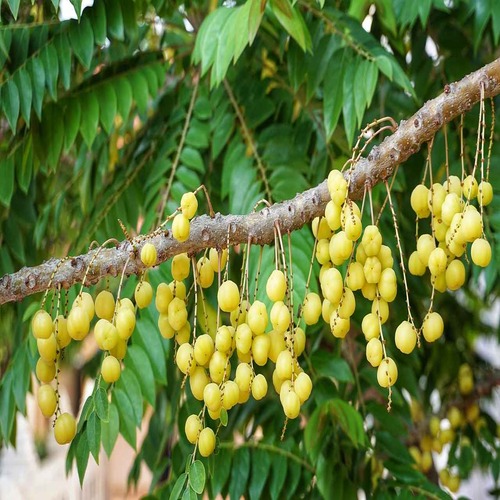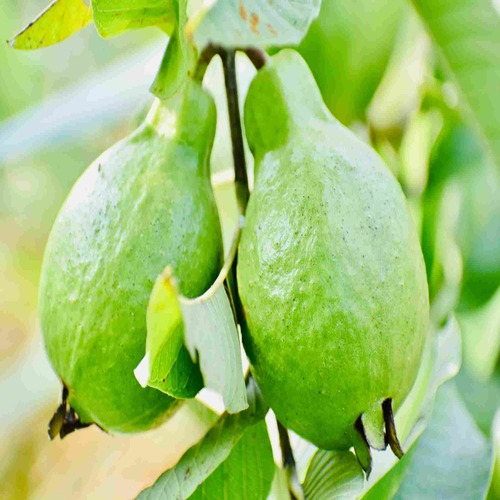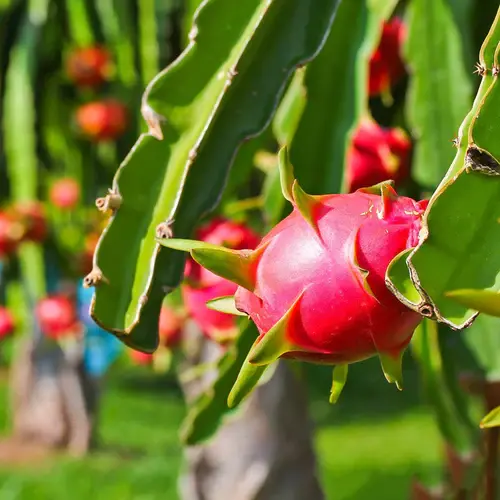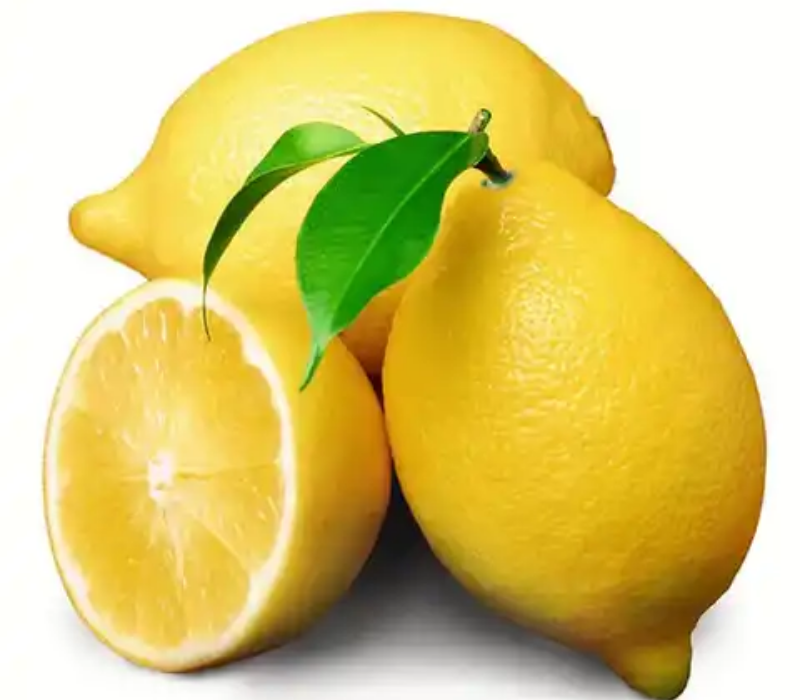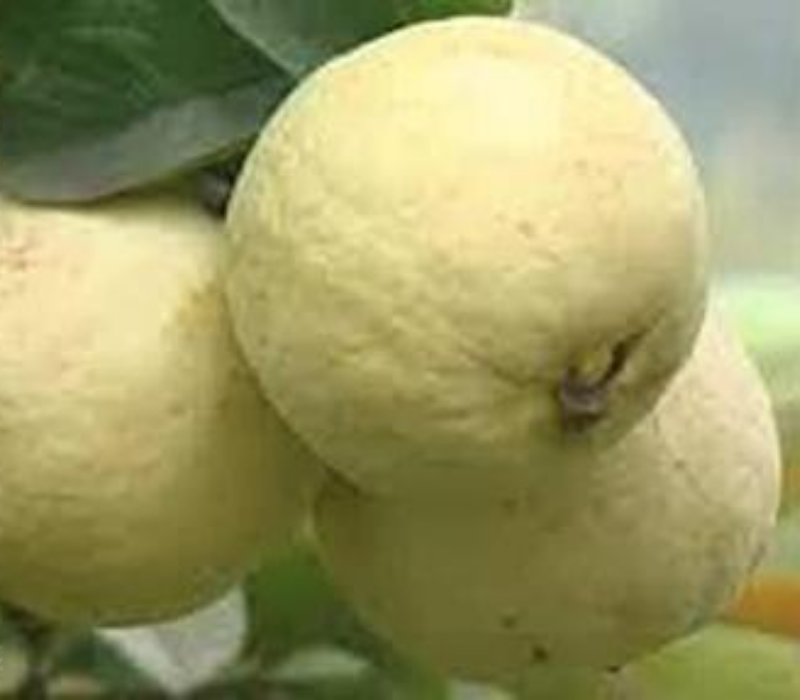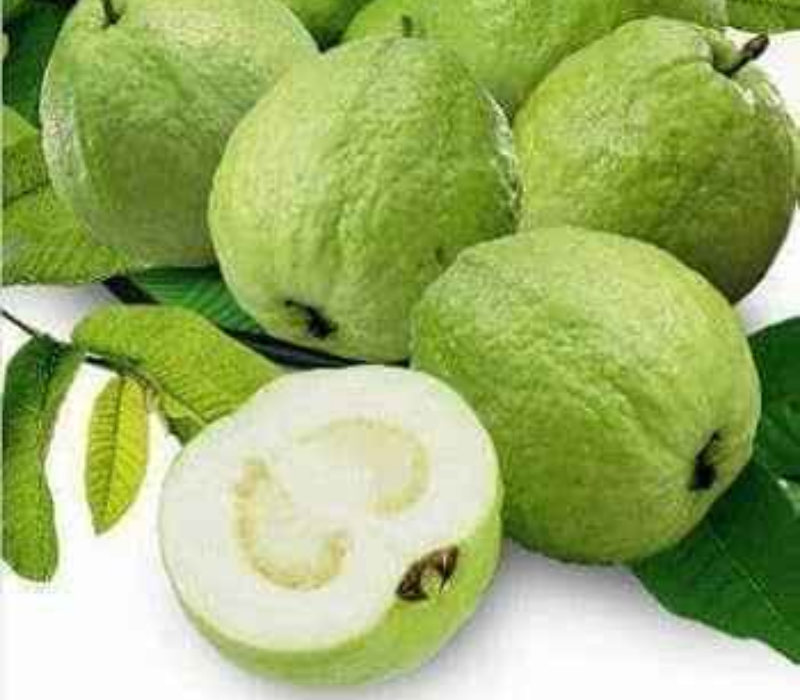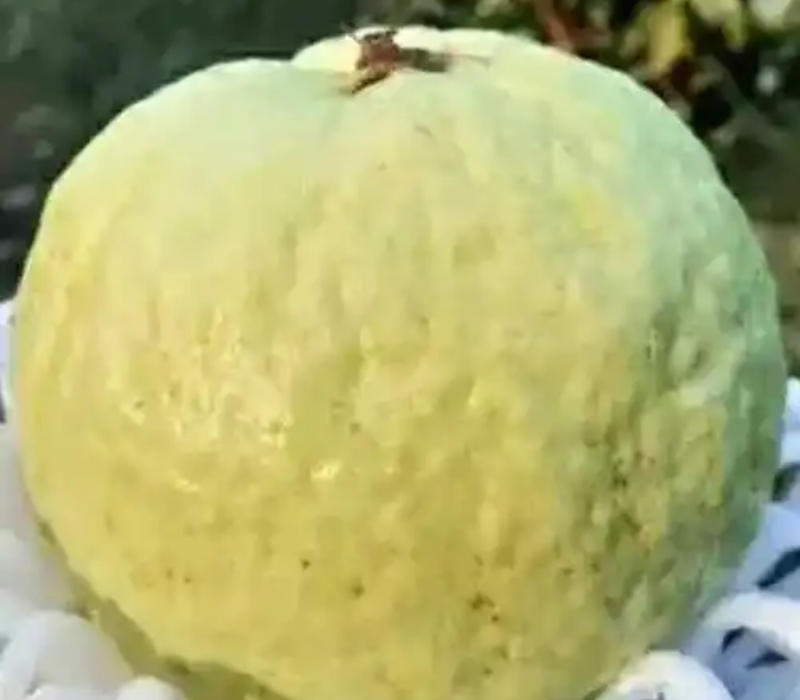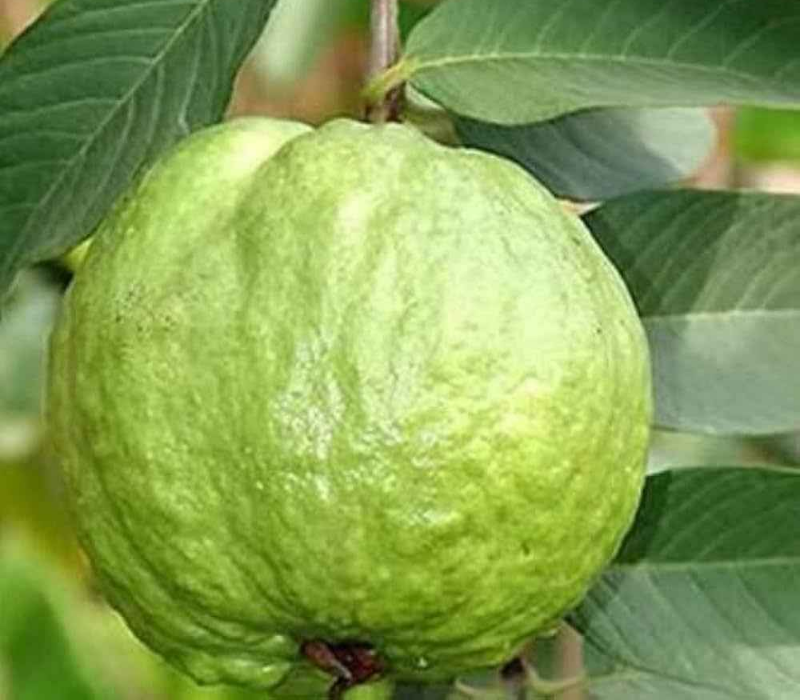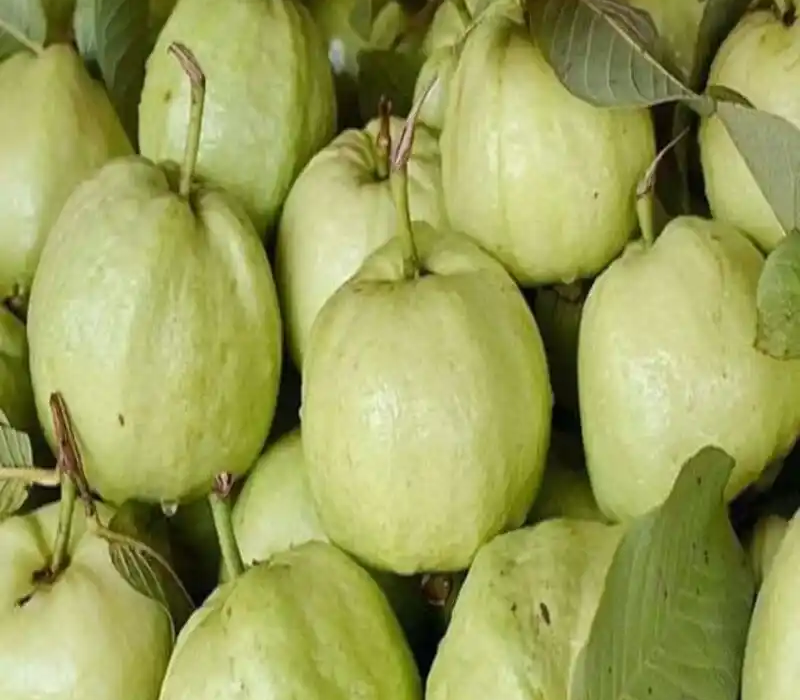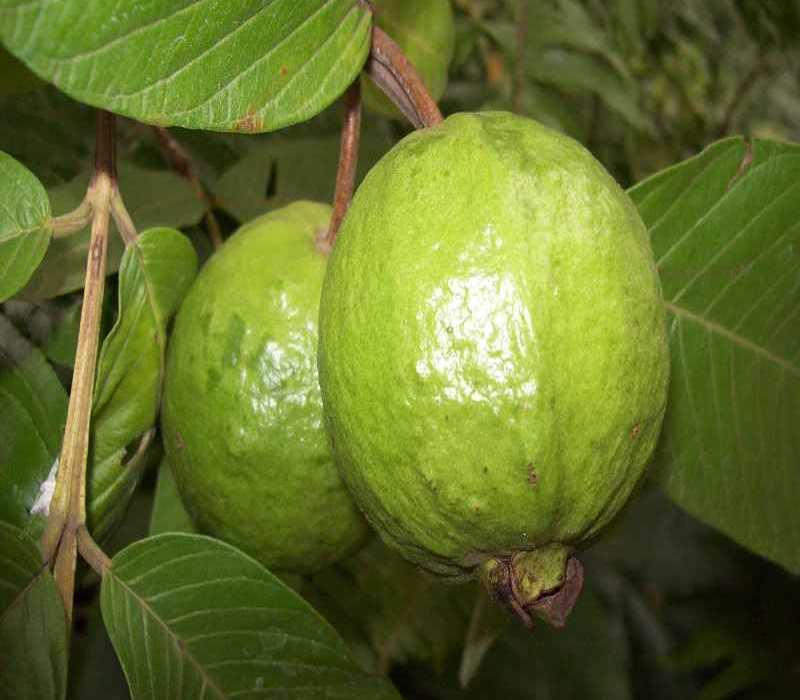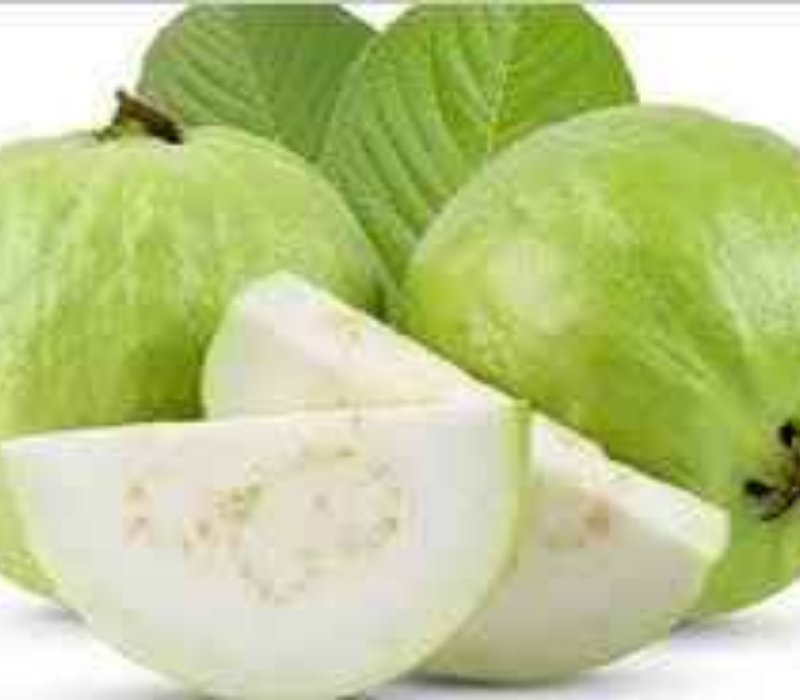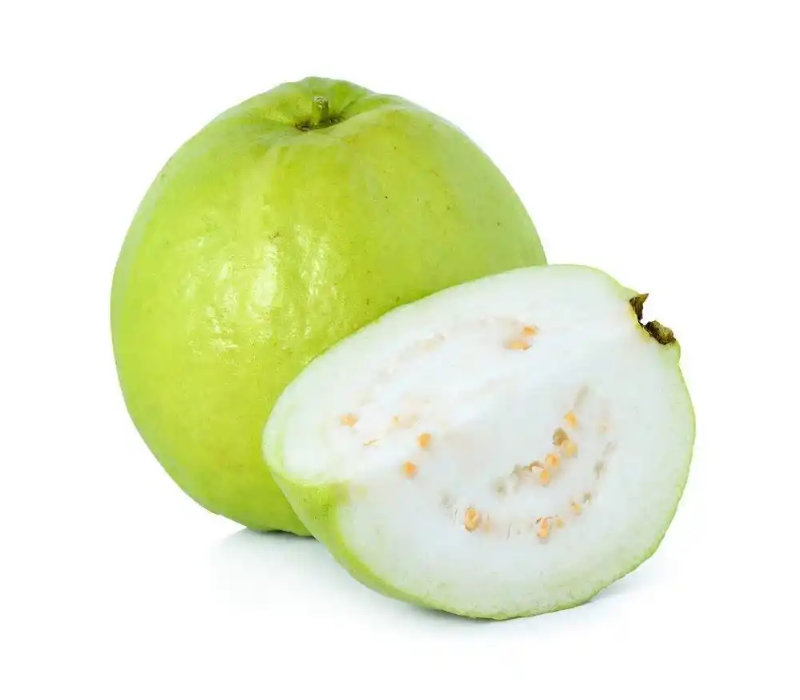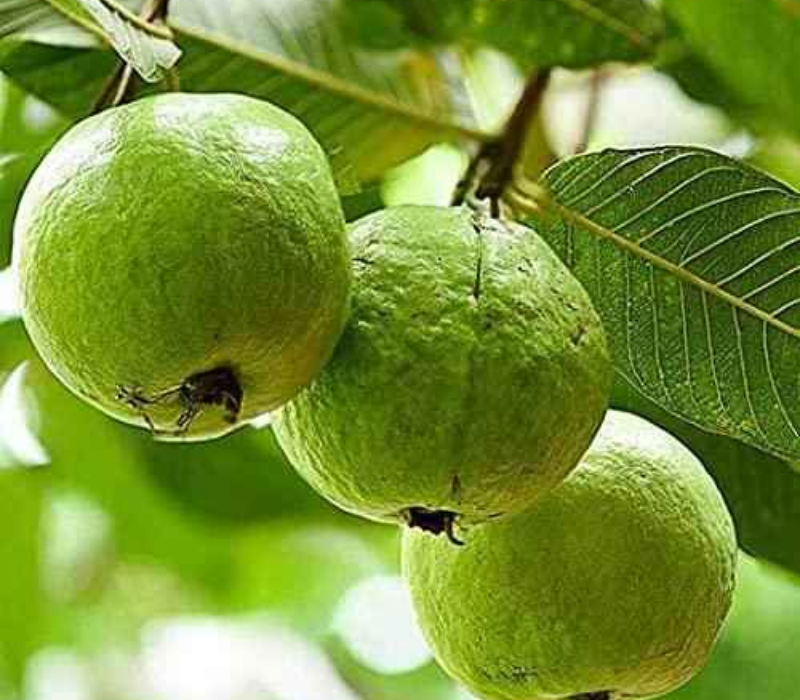🍈 Thai 7 Guava: Quality Features
| Attribute | Details |
|---|---|
| Fruit Skin Color | Light green (even when fully ripe) |
| Flesh Color | White, firm, and crunchy |
| Taste | Sweet, mildly aromatic, low acidity |
| Sweetness | High |
| TSS (Total Soluble Solids) | 12–14° Brix |
| Brix Value | 12–14° Brix (same as TSS – indicates sugar level) |
| Fruit Weight | 300–600 grams per fruit (some may exceed 700g) |
| Texture | Crisp, crunchy, low juice content |
| Seeds | Very few and soft |
✅ Summary:
-
✅ Color: Light green skin, white flesh
-
✅ Weight: 300–600 grams per fruit
-
✅ Sweetness (Brix): 12–14° Brix (very sweet)
-
✅ Taste: Sweet, low acid, crunchy texture
-
✅ Best For: Fresh market, slicing, export
Let me know if you’d like a comparison with Thai Golden 8 or VNR Bihi, or a farming cost-profit Excel sheet.

